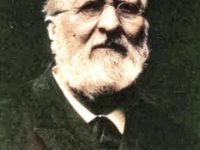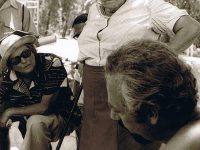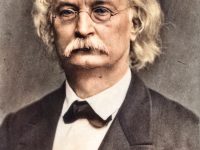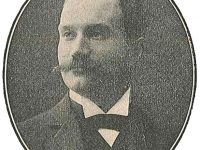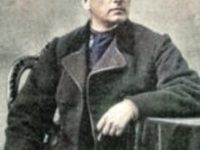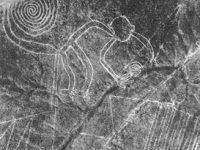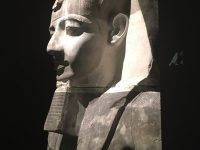Louis Laurent Gabriel de Mortillet and Man’s Prehistoric Cultural Development
On August 29, 1821, French archaeologist and anthropologist Louis Laurent Gabriel de Mortillet was born. De Morillet was the first to organize man’s prehistoric cultural developments into a sequence of epochs. Based on the idea that older specimens of man were more primitive structurally and culturally, he created a ladder-like model of the evolution of man. This model was the basis for the idea of linear evolution of men. A Revolutionary Freethinker…
Read more

